IMAX has published its strategic update, presenting the IMAX 1.0, IMAX 2.0, and IMAX 3.0. These are not cameras, but specific business approaches or strategic pathways. Let’s hover them so we can understand better IMAX’s goals.
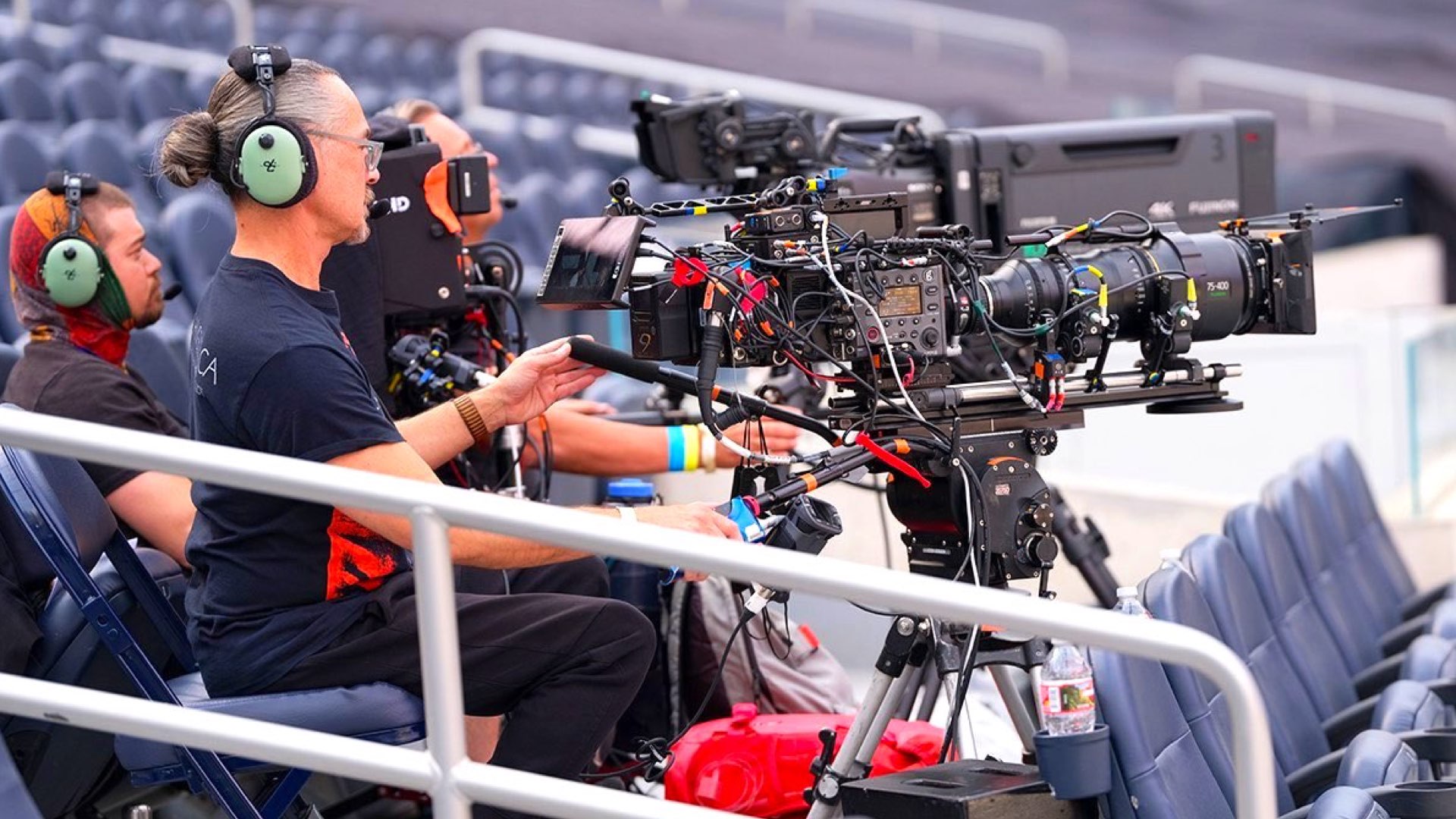
IMAX Strategic Update
This strategic update was published as an integral part of the press release regarding the acquisition of SSIMWAVE. We wrote about the advantages of this acquisition which will help IMAX in rapid growth in demand for high-quality video (4K, 8K) and alternative content (e.g. gaming, AR/VR, metaverse). These characteristics are driving the need amongst streamers, studios, and big tech for a revolution in image quality technology. Anyway, that will be defined as IMAX 3.0, as the slide below suggests.

IMAX 1.0-3.0
In the fourth slide of the deck, the strategy is further simplified. Basically, IMAX defines its business into three segments as follows:
- IMAX 1.0: Museums & Documentaries
- IMAX 2.0: Iconic Theaters, Visionary Creators, Blockbuster Content, Rapidly Expanding Global Network
- IMAX 3.0: Expansion of Global Entertainment Technology Platform
As a filmmaking magazine, we choose to focus most of the time on IMAX 2.0 – Blockbuster Content. However, notice that this is just a small portion of the whole IMAX business. Nevertheless, IMAX invests in R&D efforts to expand that portion even further with the new fleet of cameras (broadly explained here). Furthermore, IMAX is eager to maximize its contribution to cinema broadcasting as well. For that, IMAX utilizes IMAX-Certified cinema cameras in order to capture live events and stream them to home TVs, or even to IMAX theaters. For instance, check out this setup of e FUJINON Lenses and Sony VENICE getting set up to flawlessly capture Paul McCartney on his Get Back Tour at the SoFi Stadium. That kind of content is related to IMAX 3.0, as stated by IMAX: “Furthers the IMAX 3.0 Strategy to go Beyond Blockbuster Films to Live Events and Streaming Platforms”.
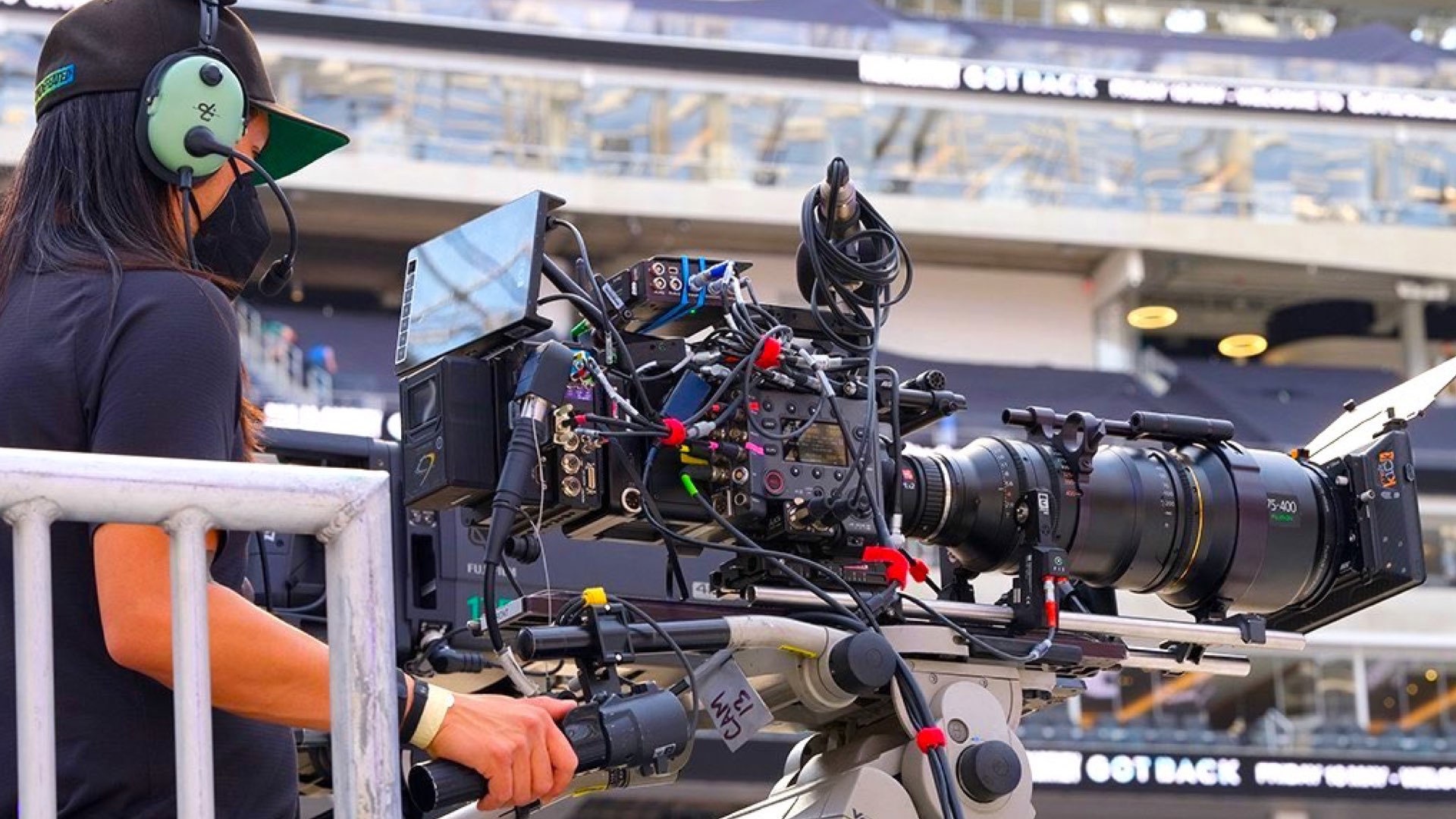
Furthers the IMAX 3.0 Strategy to go Beyond Blockbuster Films to Live Events and Streaming Platforms.
IMAX
Summary
As explained, YMCinema focuses on IMAX 2.0 in the segment of Blockbuster Content. However, it seems that almost every video content is eager to be under the definition of ‘Cinematic’ by capturing it on large sensor cameras and with exceptional imagery. From museums to huge domes, to movie theaters and home TV — everybody wants sophisticated content that looks gorgeous on screen. IMAX understands that, and more importantly, IMAX understands it has the tools to capture that. As for delivering/streaming that kind of content, IMAX must improve its technologies and make more acquisitions to expand its solutions in that regard.


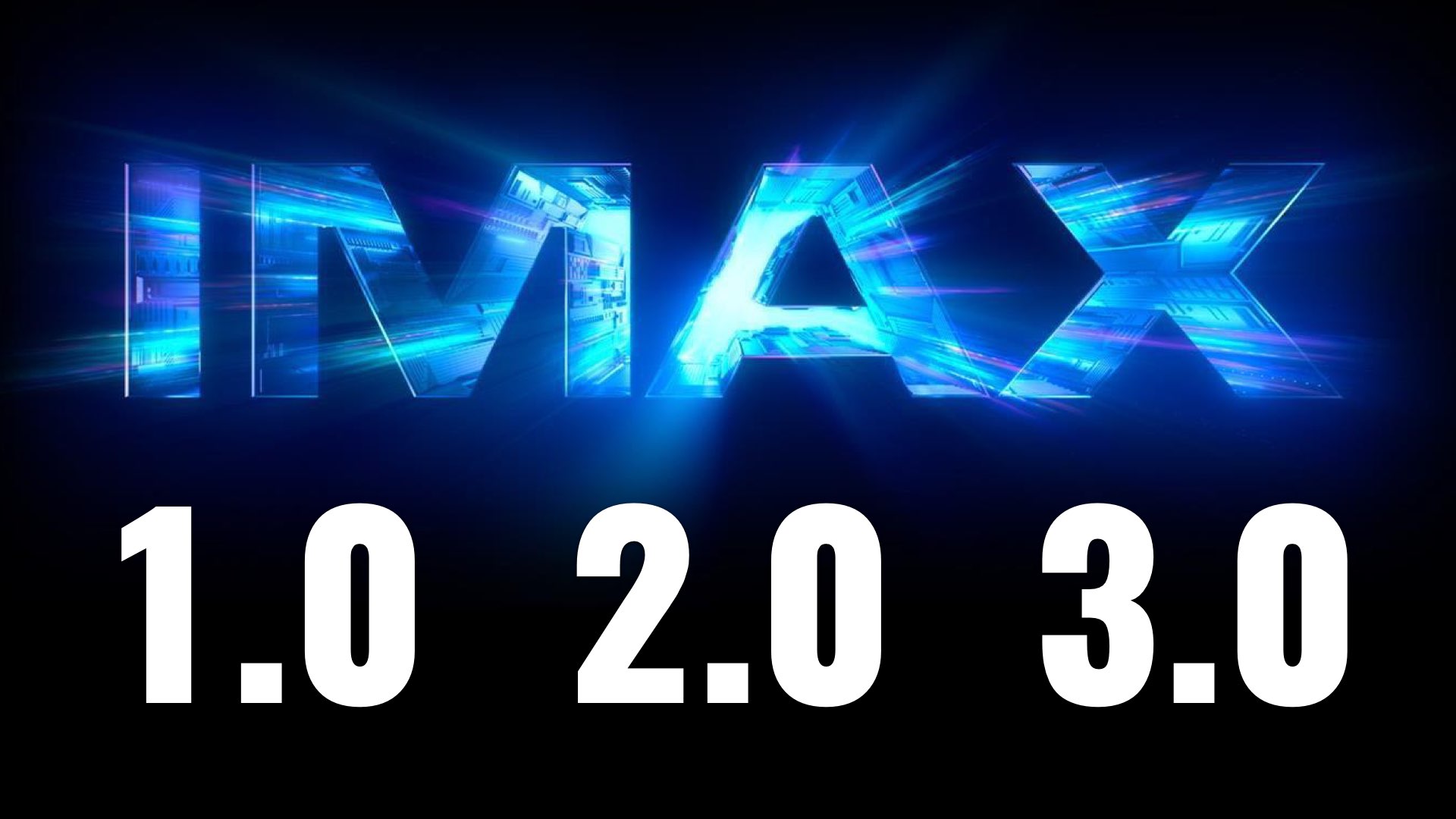


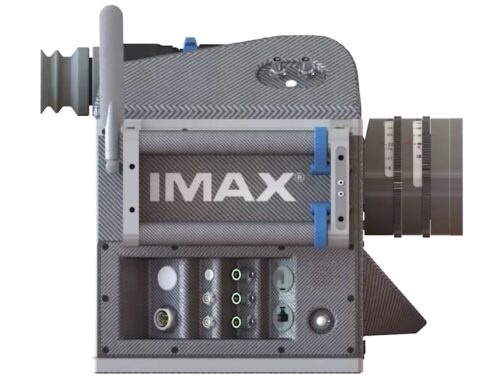





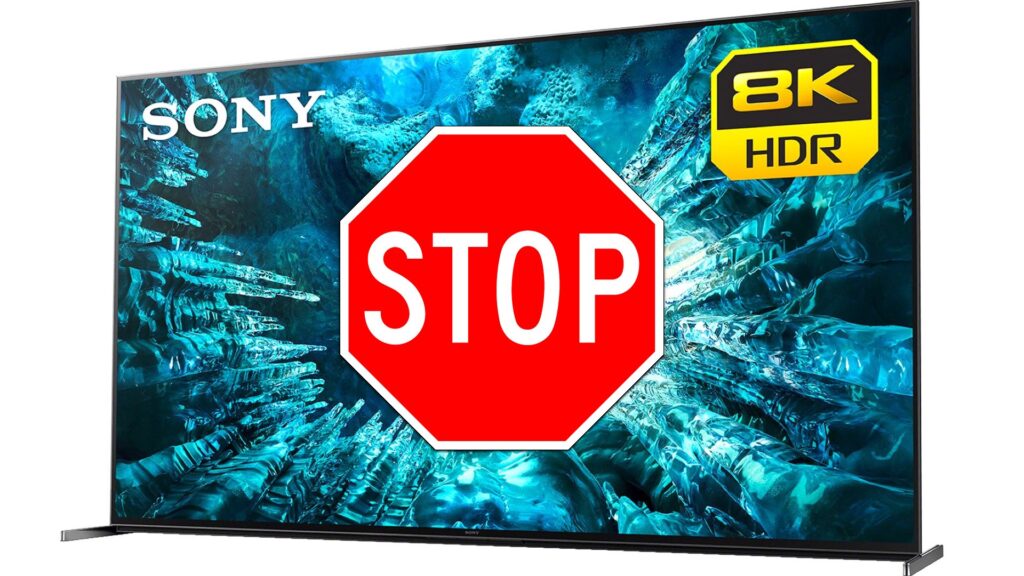
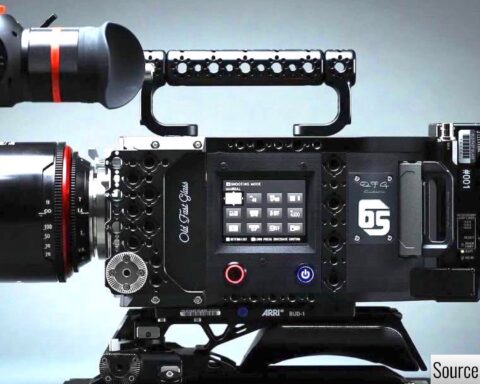
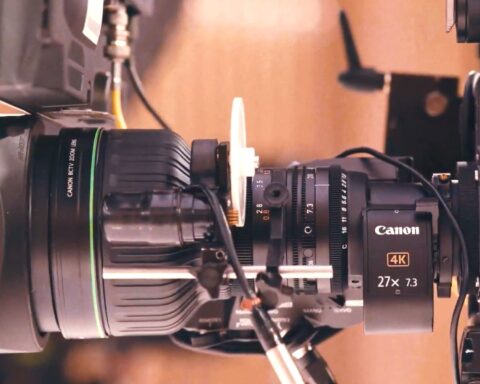
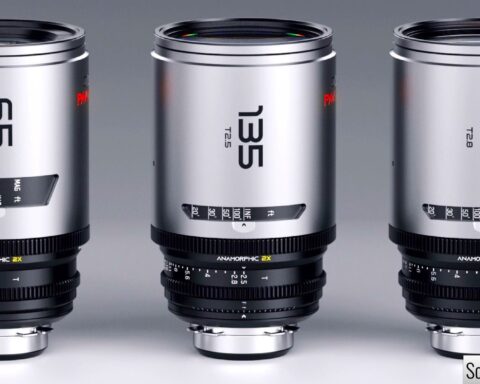
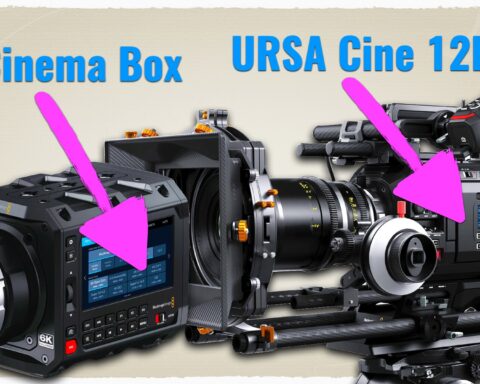


When IMAX no longer meant 65mm 15-perf origination, it ceased to be IMAX for me. Not because I am a diehard film-origination fan, but because the digital 4K images now exhibited don’t particularly hold up well on the larger IMAX screens. All of the hype surrounding so-called IMAX-approved cameras, etc., is just that — hype. If I go to an IMAX theater in a multiplex venue now, it’s just because of the somewhat enhanced theater geometry and somewhat larger screens. In relative terms, the image quality has declined significantly since the film origination era.